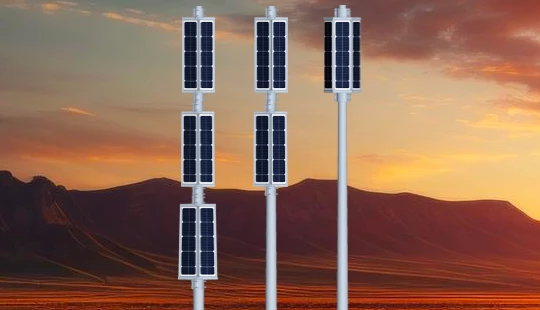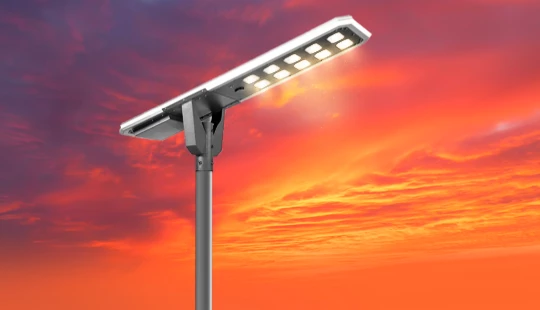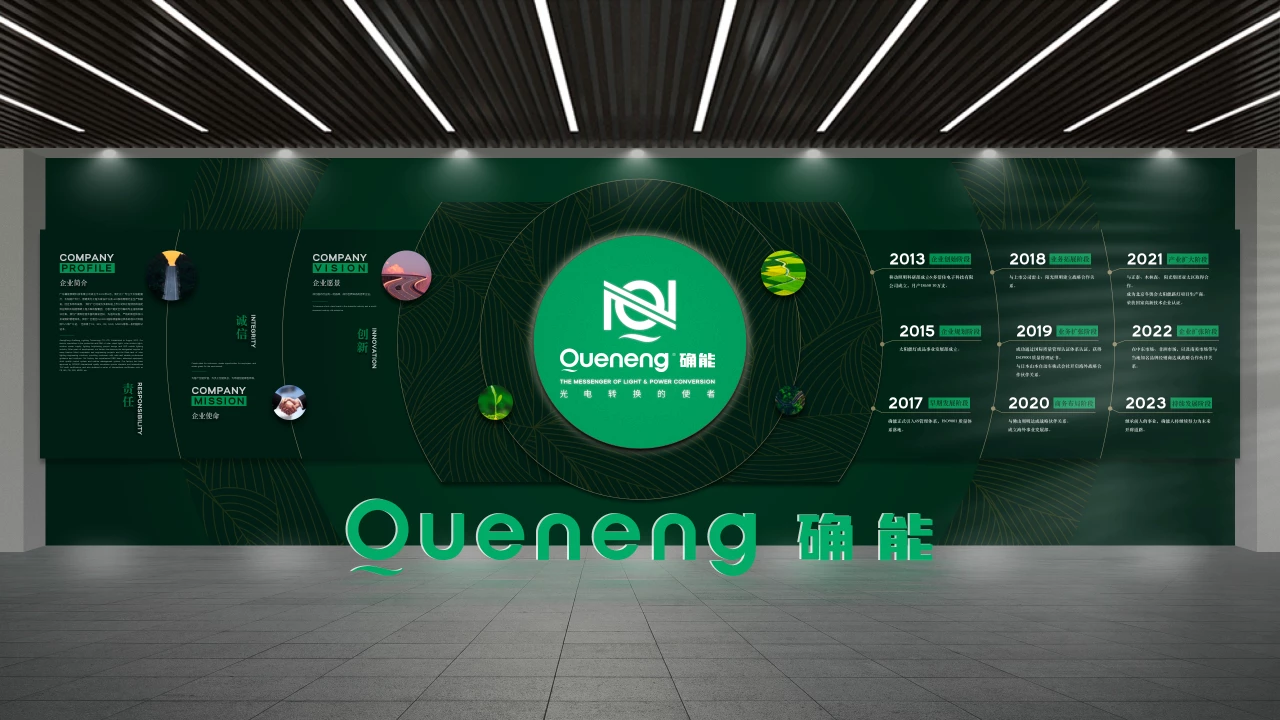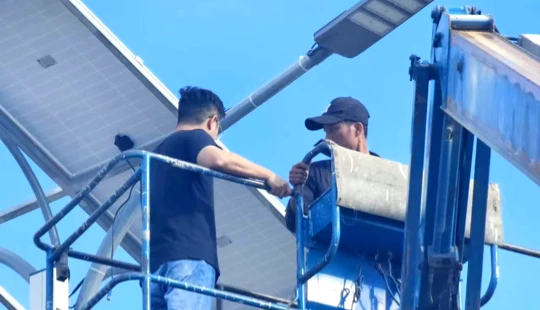What Types of Solar Street Lights Do Manufacturers Offer?
Explore the various types of solar street lights manufacturers offer, including all-in-one, split-type, hybrid, and smart IoT-enabled models. Learn which type best suits your project and environment.
With the rapid adoption of solar-powered lighting solutions, manufacturers now provide various types of solar street lights to meet different environmental, technical, and budgetary requirements. In this article, we explore the main categories of solar street lights available in the market and what you need to consider when selecting the right type for your project.
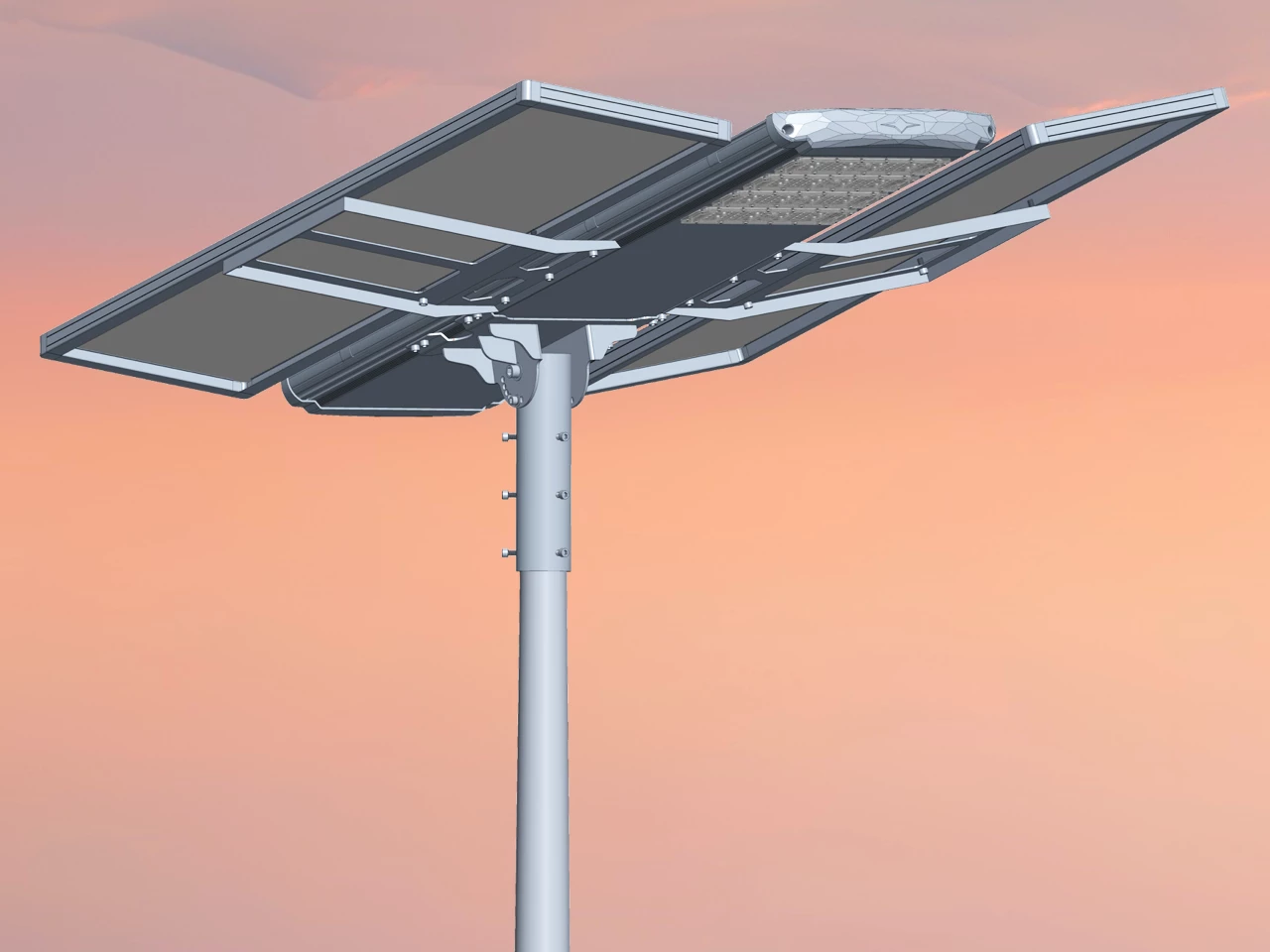
1. Integrated Solar Street Lights (All-in-One)
These lights combine solar panels, LED lamps, lithium batteries, and controllers into one compact unit.
- ✅ Easy to install and maintain
- ✅ Ideal for residential streets and urban parks
- ❌ Limited in scalability and power output
2. Split-Type Solar Street Lights
In this design, the solar panel, battery, and light source are separate units installed independently.
- ✅ Flexible in configuration
- ✅ Suitable for high-power applications
- ❌ Requires more installation effort
3. Semi-Integrated Solar Street Lights
A hybrid between integrated and split models, where the light source and controller are combined, but the solar panel is mounted separately.
- ✅ More adjustability for panel direction
- ✅ Balance between simplicity and power
4. IoT-Enabled Smart Solar Street Lights
These include GSM, LoRa, or NB-IoT modules for remote control, monitoring, and data analysis.
- ✅ Remote dimming and scheduling
- ✅ Predictive maintenance and energy analytics
- ✅ Ideal for smart cities and large-scale deployments
5. Hybrid Solar Street Lights
Combines solar energy with grid power or wind energy to ensure consistent lighting even during cloudy weather or high-demand periods.
- ✅ Excellent for areas with unstable sunlight
- ✅ Energy redundancy increases reliability
6. Portable Solar Street Lights
These are mobile units that can be easily transported and deployed in emergency or temporary setups.
- ✅ Lightweight and versatile
- ✅ Ideal for construction, military, or disaster relief
Comparison Table
| Type | Integrated | Customizable | Ideal Use | IoT Option |
|---|---|---|---|---|
| Integrated | ✅ | ❌ | Parks, Communities, Walkways | Optional |
| Split-Type | ❌ | ✅ | Main Roads, Villages, Highways | Optional |
| Semi-Integrated | ⚠️ | ⚠️ | Business Areas, Factories | Optional |
| IoT Smart | ✅/❌ | ✅ | Smart Cities, Schools | ✅ |
| Hybrid | ❌ | ✅ | Cloudy Areas, Remote Zones | Optional |
| Portable | ✅ | ❌ | Emergency, Temporary Setup | Optional |
Why Type Selection Matters
Selecting the right type of solar street light ensures optimal energy performance, longer lifespan, and minimized operational costs. Manufacturers like GuangDong Queneng Lighting Technology Co., Ltd. offer professional customization and support based on the specific needs of your project.
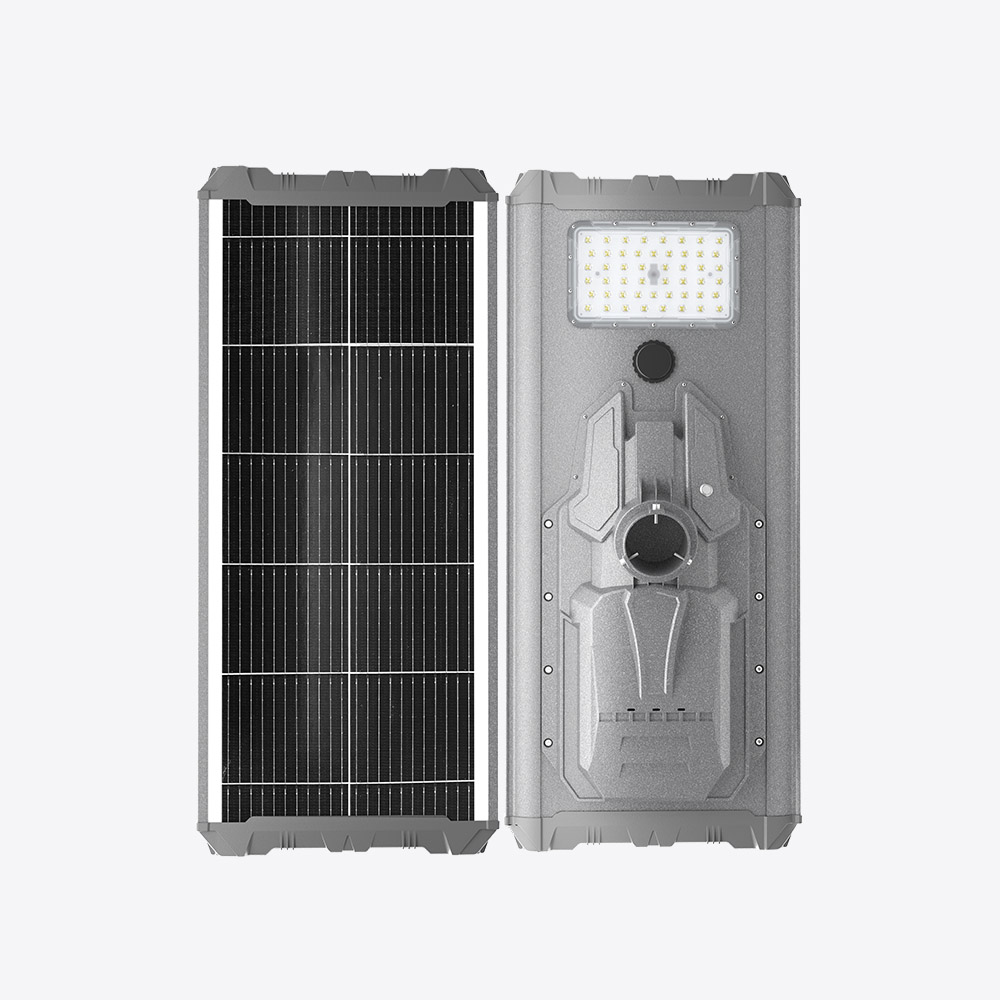
Frequently Asked Questions (FAQ)
Q1: Which type is easiest to install?
A: Integrated (all-in-one) solar street lights are the easiest to install due to their compact design and lack of wiring complexity.
Q2: Can I customize the battery or panel size?
A: Yes. Split-type and hybrid solar street lights can be fully customized to suit different lighting durations and environmental conditions.
Q3: What is the lifespan of a solar street light?
A: A typical solar street light lasts 8–10 years. The lithium battery may need replacement after 4–6 years depending on usage.
Q4: Is it worth investing in IoT-enabled lights?
A: Absolutely, especially for municipal or smart city projects where remote monitoring and energy management significantly reduce costs.
Q5: How do I choose the right type?
A: Consider sunlight availability, road size, required lighting hours, and budget. Consult with professional suppliers like Queneng Lighting for detailed analysis and recommendation.

Have more questions about our products or services?
The latest hot news you might like

Discover how solar panels power street lights, exploring the technology behind solar energy conversion, storage systems, and how solar-powered street lights are revolutionizing urban and rural lighting solutions.

Learn how AC Solar Hybrid Street Lights work, their advantages, disadvantages, system behavior in low-sunlight conditions, and why hybrid technology is ideal for regions with unstable sunlight.

Municipalities around the world are increasingly adopting solar-powered streetlights as part of their urban development strategies. Rising energy costs, the need for sustainable infrastructure, and government green initiatives are driving cities to switch from traditional street lighting to advanced LED solar streetlights.
Queneng Lighting provides municipalities with cost-effective, energy-efficient, and durable solar lighting solutions, ensuring safe and sustainable public spaces.
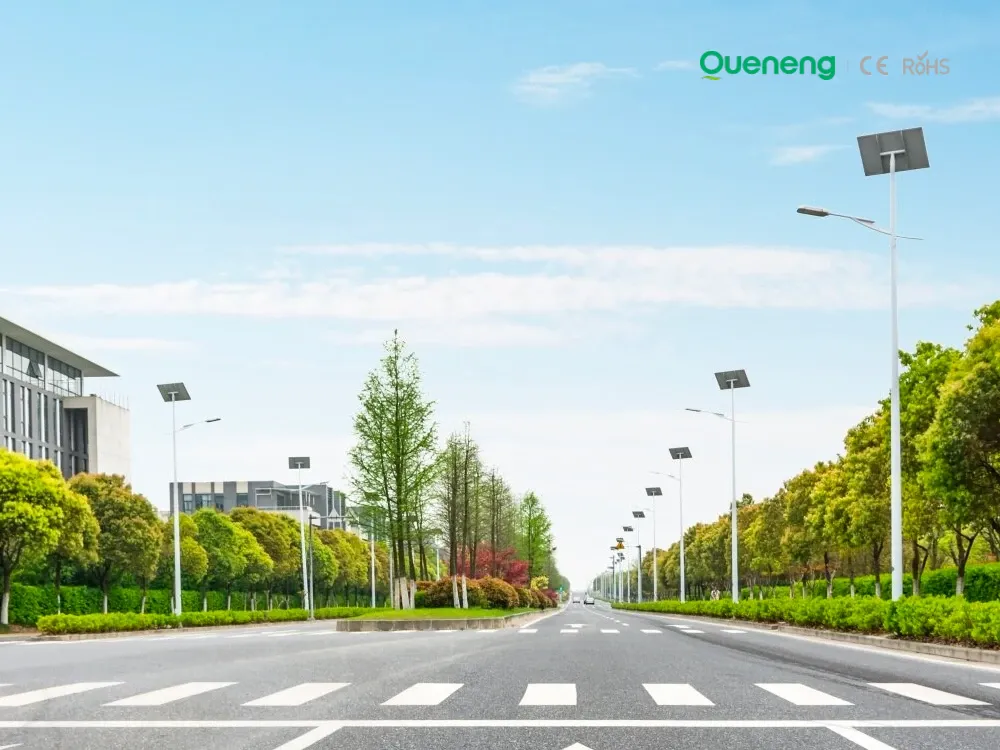
In recent years, the purchase of solar streetlights for municipalities has become a growing trend across the globe. Local governments are under pressure to reduce public expenditure, promote green energy, and create safer communities. Solar streetlights provide a reliable, cost-effective, and sustainable solution that meets these needs. Queneng Lighting, as a leading solar street lighting manufacturer, has supported multiple municipal projects worldwide with customized and energy-efficient solutions.
FAQ
Transportation and Highways
How does the system handle extreme weather conditions, such as snow or hurricanes?
Our systems are designed to withstand harsh weather, with components that are waterproof, wind-resistant, and capable of operating in temperatures ranging from -40°C to 60°C.
Public Gardens and Landscape Lighting
What are the benefits of using solar lighting in public gardens and landscapes?
Solar lighting is cost-effective, eco-friendly, and energy-efficient. It helps reduce energy consumption, minimizes carbon footprints, and provides long-lasting illumination without the need for electricity from the grid. Additionally, it requires minimal maintenance and offers flexibility in installation.
Remote Areas Rural Development
What funding options are available for rural solar lighting projects?
We offer flexible financing options, including installment plans and partnerships with NGOs or government programs.
Solar Street Light Luxian
What are the primary benefits of using Luxian solar street lights for outdoor lighting?
Luxian solar street lights offer several key benefits, including energy savings, environmental friendliness, and independence from the electrical grid. They use solar energy to power LED lights, reducing electricity costs while providing reliable, high-quality lighting for outdoor spaces. The durable construction and low maintenance needs make them ideal for long-term use in various outdoor environments.
Industry
If the battery capacity decreases, does Queneng offer replacement services?
Yes, we offer long-term maintenance support for all solar systems, including battery replacements and system upgrades to ensure ongoing high performance.
Solar Street Light Chuanqi
How do the solar panels in Chuanqi street lights store energy?
The solar panels in Chuanqi solar street lights collect sunlight during the day and convert it into electrical energy, which is stored in high-capacity lithium-ion batteries. The stored energy is then used to power the LED lights at night, ensuring continuous illumination even when the sun is not shining. This energy storage system ensures the lights work autonomously without relying on an external power source.

If you would like more information about Queneng solar lighting solutions, please send us a message by filling out the form below. Our professional team will get back to you within 24 hours!
Rest assured that your privacy is important to us, and all information provided will be handled with the utmost confidentiality.
Schedule a Meeting

Book a date and time that is convenient for you and conduct the session in advance.
Have more questions about our products or services?

